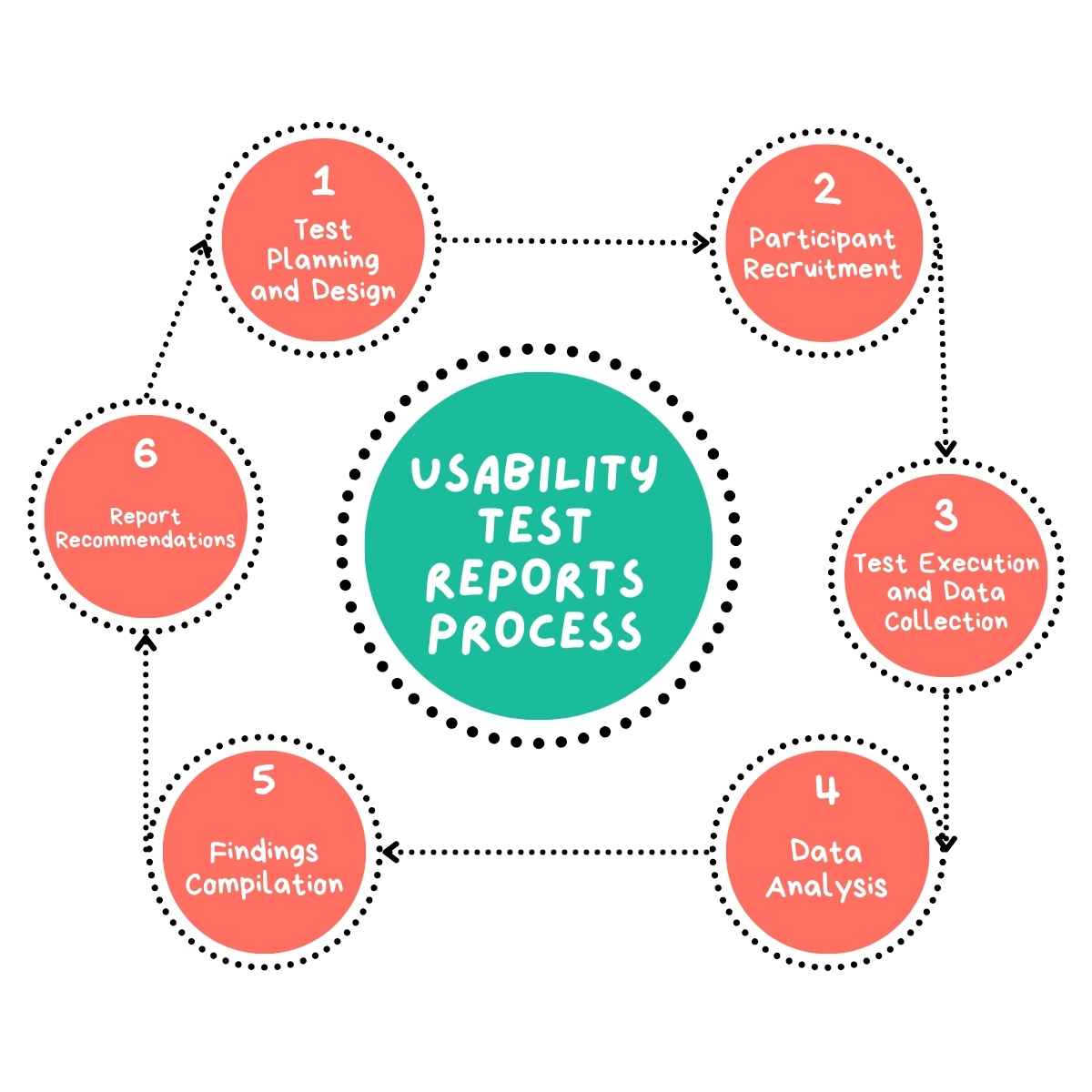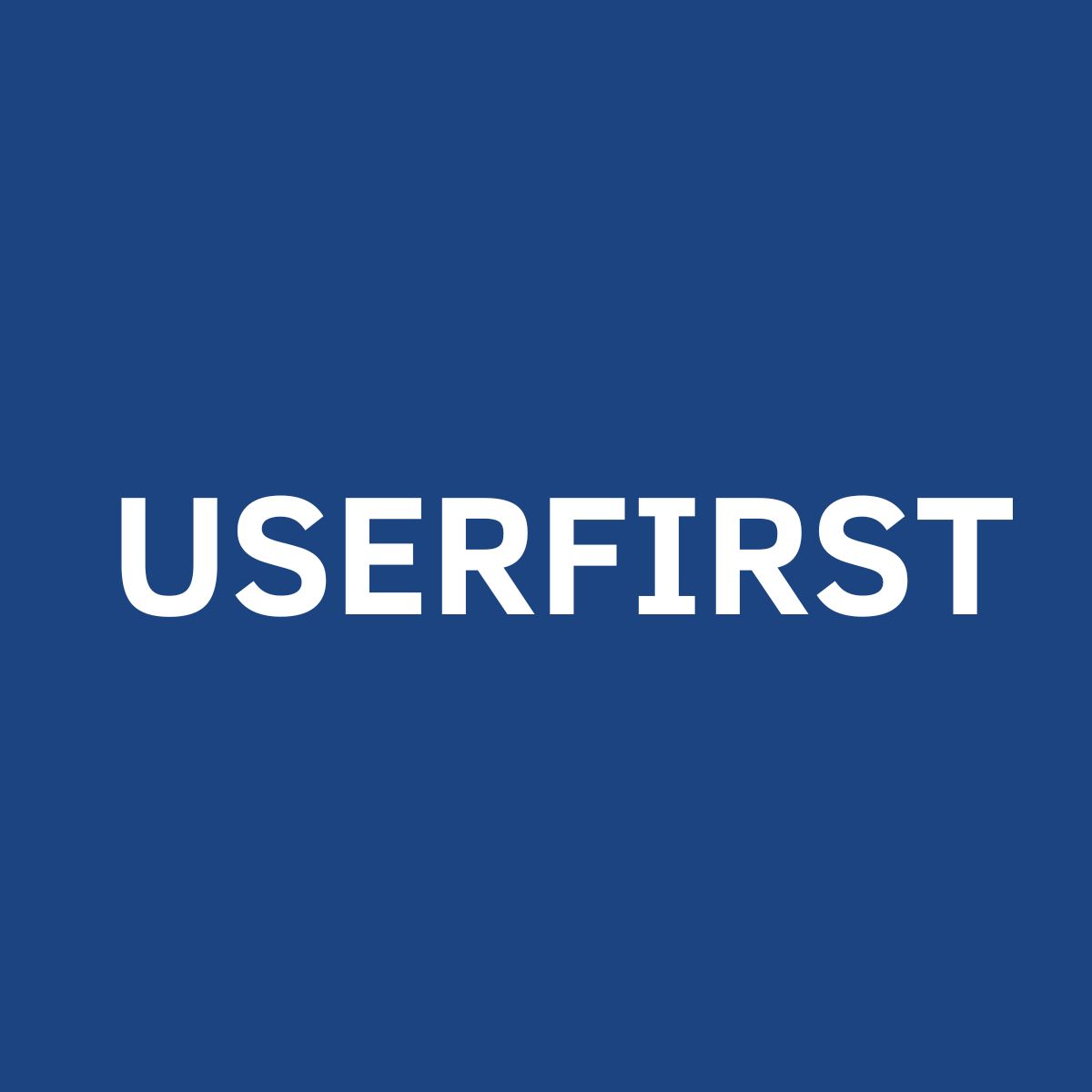Usability Test Reports help you understand how users interact with your product and identify areas for improvement, ensuring your product meets user needs and expectations effectively.
Who needs Usability Test Reports?
- Project managers assessing launch readiness
- Product teams validating design decisions
- UX designers gathering evidence for changes
- Stakeholders requiring user behaviour proof
- Development teams prioritising fixes
A Usability Test Report documents the findings from usability testing sessions conducted with real users. This report is essential for uncovering usability issues, understanding user behaviour, and refining your product to enhance the overall user experience. Research shows that testing with just 5 users uncovers 85% of core usability problems (Nielsen Norman Group, 2023).
Key Components of My Usability Test Reports
Test Overview
Test user details & target audience representation.
Methodology
Test procedures as well as data collection methods.
Key Findings
Main insights and discovered usability issues.
Recommendations
Specific solutions for improving product usability.

Why Usability Test Reports Matter
✓ Risk Reduction: Early testing in the software development lifecycle helps identify and resolve issues before they escalate, significantly reducing development costs and post-launch fixes (TestFort, 2025)
✓ User Satisfaction: Products tested with real users tend to achieve higher satisfaction scores, as user feedback leads to more intuitive and effective designs (UserGuiding, 2023)
✓ Revenue Impact: Interfaces that undergo user testing and iterative design processes often see increased conversion rates, directly impacting revenue (UserGuiding, 2023)
Early usability testing identifies issues before development, preventing costly post-launch fixes (Eleken, 2023)
Benefits of My Usability Test Reports
My Usability Test Reports Process

Test Planning and Design: I define clear objectives for the usability test, design task scenarios, and create a test script.
Participant Recruitment: I identify and recruit participants who represent the target user group.
Test Execution and Data Collection: I conduct the usability tests, guiding participants through tasks while observing and recording their interactions.
Data Analysis: I analyse the collected data, identifying patterns in user behaviour, common usability issues, and areas of success.
Findings Compilation: I organise and prioritise the usability issues identified during testing.
Report Recommendations: I compile a comprehensive report that includes an executive summary, methodology description, detailed findings, and supporting data visualisations.
Why Choose UserFirst UX for Your Usability Testing Needs?
With extensive experience in usability testing and a commitment to user-centred design, I provide thorough and actionable reports that drive meaningful improvements. My approach ensures that you gain clear insights into user behaviour and receive practical recommendations to enhance your product.
Expert Analysis
Benefit from my years of experience in UX research and usability testing
Actionable Insights
Receive clear, implementable recommendations to improve your product’s usability
Tailored Approach
Each usability test is customised to your specific product and business needs
Comprehensive Reports
Get detailed, easy-to-understand reports that cover all aspects of the usability test
Ready to Improve Your Product’s Usability?
Contact me today to schedule your usability testing session and get a detailed report tailored to your needs.
